KonMari Your Closet: Essential Hangers, Boxes & Folding Techniques for a Joy-Sparking Wardrobe
Table Of Contents
- Introduction to the KonMari Closet Method
- Preparing Your Closet for the KonMari Method
- Choosing Joy-Sparking Hangers
- Maximizing Space with Storage Boxes
- Master Folding Techniques for Different Clothing Types
- Maintaining Your KonMari Closet
- Conclusion: The Life-Changing Impact of a KonMari Closet
A cluttered closet isn't just a storage problem—it's a daily stressor that can impact how you start and end each day. When Marie Kondo introduced her revolutionary KonMari Method to the world, she transformed how we approach our belongings, especially our clothing. At the heart of her philosophy is a simple question: "Does it spark joy?" But beyond this emotional cornerstone lies a practical system of organization that can transform your wardrobe from chaotic to calming.
While many are familiar with the basic concept of the KonMari Method, successfully implementing it in your closet requires more than just discarding items that don't spark joy. It demands thoughtful consideration of three essential elements: selecting the right hangers, utilizing appropriate storage boxes, and mastering folding techniques that both preserve your clothes and maximize your space.
In this comprehensive guide, we'll walk you through transforming your closet using the complete KonMari approach. You'll discover how to select hangers that complement your wardrobe, learn how to incorporate storage boxes that maximize space while maintaining accessibility, and master the signature folding techniques that have made the KonMari Method a global phenomenon. Whether you're dealing with a compact apartment closet or a spacious walk-in, these principles will help you create a wardrobe system that not only sparks joy but also simplifies your daily routine.
Preparing Your Closet for the KonMari Method
Before diving into the specifics of hangers, boxes, and folding techniques, it's essential to prepare your closet properly for the KonMari transformation. This preparation phase sets the foundation for long-term success with the method.
Empty Your Entire Wardrobe
The KonMari Method begins with a dramatic but necessary step: removing every single clothing item from your closet and drawers. This process might seem overwhelming, but it's crucial for seeing the true volume of your wardrobe. Lay everything on your bed or floor, categorized by type: tops, bottoms, dresses, outerwear, etc. This visual inventory often provides the first shock that motivates genuine change.
The Joy Check: Keep Only What Sparks Joy
Once everything is visible, hold each item individually and ask yourself if it sparks joy. This feeling is personal—it's that little thrill of pleasure when you touch something you truly love. Items that don't evoke this feeling should be thanked for their service and respectfully discarded, donated, or sold. Remember, the goal isn't minimalism for its own sake, but surrounding yourself exclusively with items that bring positive energy into your life.
Clean and Reset Your Empty Space
With your closet emptied and your clothes sorted, take time to clean the physical space thoroughly. Wipe down shelves, vacuum the floor, and consider if a fresh coat of paint might enhance the space. This reset creates a blank canvas for your newly curated wardrobe and reinforces the psychological shift toward intentional organization.
During this preparation phase, envision how you want your closet to function. Consider accessibility needs, seasonal rotation requirements, and daily dressing habits. This vision will guide your decisions about hanging versus folding and how to utilize storage boxes most effectively.
Choosing Joy-Sparking Hangers
While the KonMari Method is famous for its vertical folding techniques, hanging certain items remains essential for a well-organized closet. The hangers you choose play a crucial role in maintaining order and protecting your joy-sparking garments.
The Uniform Hanger Principle
One of the most visually impactful changes you can make is switching to uniform hangers throughout your closet. Mismatched hangers—plastic from the dry cleaner, wire from purchased garments, wooden hangers from various sources—create visual chaos even when clothes are perfectly organized. Select one style and material for a cohesive, boutique-like appearance that makes your closet feel intentional rather than accumulated.
Materials That Honor Your Clothes
Not all hangers are created equal, and the right material depends on your specific wardrobe. For delicate fabrics like silk blouses or lightweight dresses, padded hangers prevent shoulder dimpling and fabric stress. Sturdy wooden hangers provide shoulder support for structured jackets and coats, helping maintain their shape. Velvet-covered hangers prevent slipping for strappy garments while being gentle on fabrics. Consider your wardrobe's needs when selecting hanger materials.
Space-Saving Hanger Solutions
If closet space is at a premium, consider specialized space-saving hangers. Multi-tiered hangers allow you to hang multiple garments vertically in the same width as a single hanger. Cascading hooks create the same effect and can be easily detached when needed. For seasonal transitions, look for ultra-slim hangers that maximize rod capacity without crowding garments, which can lead to wrinkles and reduced visibility.
When organizing your hanging items according to the KonMari Method, arrange clothes by weight and length, with heavier and longer items on the left, gradually transitioning to lighter and shorter items on the right. This creates a pleasing upward diagonal line across your closet that feels harmonious and makes finding specific items easier. Your clothes hangers should support this organization while protecting the garments you've chosen to keep.
Maximizing Space with Storage Boxes
Storage boxes are the unsung heroes of the KonMari Method, providing homes for items that don't hang well but need more protection than drawer storage. When selected thoughtfully, these containers maintain order while enhancing your closet's aesthetic.
Selecting the Right Boxes by Category
Different clothing categories benefit from different types of storage solutions. For seasonal items like winter scarves or summer swimwear, breathable fabric boxes prevent mustiness while keeping items dust-free. Delicate accessories like silk scarves or special occasion clutches deserve acid-free archival boxes that prevent discoloration. For frequently accessed items like everyday accessories, open-top boxes provide easy visibility and access while maintaining organization.
The Clear Box Advantage
Marie Kondo often recommends clear or partially clear storage boxes for practical reasons. Visual accessibility means you're more likely to use what you have rather than forgetting about items hidden away. Clear boxes also allow you to immediately see when something is out of place, making maintenance of your system much simpler. For items you access less frequently, labeled opaque boxes can create a cleaner aesthetic while still maintaining organization.
Nesting and Stacking Strategies
To maximize vertical space in your closet, look for box storages designed for stacking. Square or rectangular boxes with reinforced corners stack securely without risk of collapse. Consider graduated sizes that can nest when not in use, saving space during seasonal transitions. Some specialized closet boxes include fold-down fronts that allow access to contents without unstacking, perfect for items at the bottom of a stack.
When incorporating boxes into your KonMari closet, group similar items together and position boxes based on usage frequency. Daily items should be at eye level or easily accessible areas, while seasonal or special occasion items can occupy higher shelves or deeper closet spaces. The right combination of hanging space and boxed storage creates a balanced system that accommodates all your joy-sparking items appropriately.
Master Folding Techniques for Different Clothing Types
The signature element of the KonMari Method is undoubtedly its distinctive folding technique. Unlike conventional folding that stacks clothes horizontally, Marie Kondo's approach creates small, sturdy packages that stand upright in drawers or boxes, allowing for vertical storage that maximizes space and visibility.
T-Shirts and Casual Tops
The basic KonMari fold for t-shirts forms the foundation for many other folding techniques. Start by laying your shirt face-down on a flat surface. Fold one side toward the center, with the sleeve folded back. Repeat on the other side to create a rectangle. Next, fold the bottom hem toward the collar, leaving about an inch gap before the neckline. Fold once or twice more (depending on the shirt's length) until you have a compact rectangle that can stand upright.
The key detail often missed is the small gap left at the top during the vertical folding process. This gap creates flexibility that allows the folded package to stand independently without flopping over. When placing these folded shirts in drawers, position them with the folded edge up and visible, creating a file-like system where you can see every shirt at once without disturbing others.
Sweaters and Long-Sleeve Shirts
Sweaters and long-sleeve tops require a modified approach to accommodate the additional fabric. Lay the garment face-down and fold one side toward the center as with t-shirts. For the sleeves, fold them across the garment, then back on themselves in a 'J' shape to fit within the rectangle's width. This prevents bulky sleeve bunching that can cause the folded package to topple. Repeat on the opposite side, then complete the vertical folding as with t-shirts.
For particularly thick or bulky sweaters that resist standing, consider a modified fold where you create a slightly wider rectangle before the vertical folding. This creates a more stable base. Alternatively, some bulky knitwear may be better suited for box storage with similar items rather than drawer storage, especially if they're seasonal.
Pants, Jeans, and Shorts
For pants and jeans, begin by folding them in half lengthwise, aligning the legs perfectly. Smooth out any wrinkles to create a clean foundation. Fold the cuffed end up toward the waistband, leaving that crucial small gap at the top edge. Fold once or twice more until you have a compact rectangle that stands independently. For shorts, the process is similar but may require fewer folds due to the shorter length.
Dress pants with sharp creases require special attention. Fold these along their existing creases first, then follow the standard procedure. For pants with details like cargo pockets, ensure these lie as flat as possible before beginning your fold to prevent uncomfortable bulges in the final package.
Socks, Underwear, and Delicates
One of the more revolutionary aspects of the KonMari Method is the approach to socks and underwear. Rather than balling socks or folding underwear hastily, these items receive the same respectful treatment as outer garments. For socks, place them flat with one sock on top of the other, then fold the toe end toward the opening, leaving a small gap. Fold once more to create a small rectangle that stands upright.
For underwear, the folding technique varies by style but always aims to create a small, standing rectangle. Briefs can be folded in thirds, then in half. Bras require special handling—stack them with cups nested together and straps tucked in, or for padded bras, keep them unfolded in a dedicated compartment to maintain their shape.
When organizing these smaller items in drawers, use small drawer storages or dividers to create compartments that prevent items from mixing or becoming disorganized. This compartmentalization makes maintaining your system much easier during daily use.
Maintaining Your KonMari Closet
Creating a perfectly organized KonMari closet is only half the journey—maintaining it is what truly transforms your relationship with your wardrobe long-term. A well-maintained system simplifies daily decisions and prevents the need for future major reorganizations.
Daily Reset Rituals
Dedicate five minutes each evening to reset your closet. Return any tried-on but unworn items to their proper places. Re-fold anything that may have become disheveled during the selection process. Hang worn-but-still-clean items properly rather than draping them over furniture. These small daily actions prevent incremental disorder from accumulating into overwhelming chaos.
Seasonal Refresh Process
While the full KonMari process shouldn't need repeating, seasonal transitions provide natural opportunities for refreshing your system. As you switch between warm and cool weather wardrobes, review each item again for joy. Our relationships with our clothes evolve, and something that sparked joy six months ago might no longer resonate. This ongoing curation keeps your wardrobe relevant and joy-filled.
During seasonal transitions, also assess your organizational tools. Are your storage solutions still serving you effectively? Have you accumulated more of certain categories that might need expanded space? Adjusting your system as your needs change ensures its continued functionality.
The One-In-One-Out Rule
To maintain the balance of your carefully curated wardrobe, consider adopting a one-in-one-out policy. For each new item that enters your closet, an existing item should exit. This practice maintains the volume of your wardrobe at a manageable level and ensures that each addition is thoughtfully considered rather than impulsively acquired.
Remember that maintaining your KonMari closet isn't about perfection but about creating a system that supports your lifestyle while continuing to spark joy. Small adjustments and consistent attention will keep your space functioning beautifully without requiring another complete overhaul.
Conclusion: The Life-Changing Impact of a KonMari Closet
Transforming your closet using the KonMari Method delivers benefits that extend far beyond improved organization. A thoughtfully arranged wardrobe where every item sparks joy creates ripple effects throughout your daily life. Morning routines become smoother when decision fatigue is eliminated by a clearly visible, joy-filled selection of clothing. Evening wind-downs feel more peaceful when there's a designated place for everything to return to.
The right combination of uniform hangers, appropriate storage boxes, and mastered folding techniques creates a system that's not just visually appealing but functionally superior. Clothes maintain their shape longer, reducing replacement costs. Items remain visible and accessible, ensuring you actually wear what you own rather than repeatedly reaching for the same few pieces while others languish forgotten.
Perhaps most importantly, the KonMari approach to your closet can transform your relationship with consumption itself. When your wardrobe contains only items that genuinely spark joy, you become more discerning about new additions. Shopping shifts from a habitual activity to an intentional process of bringing only true joy-sparkers into your carefully curated space.
As Marie Kondo herself notes, tidying is not the destination but a tool for creating the life you want. Your KonMari closet—with its thoughtful hanging system, strategically placed storage boxes, and precisely folded garments—becomes a daily reminder of your commitment to surrounding yourself with joy. In a world often filled with chaos, this ordered, intentional space becomes a sanctuary that supports not just your clothing needs but your overall wellbeing.
Ready to Transform Your Home Storage?
Visit Loft Home Furniture to discover our complete collection of designer-inspired storage solutions that combine functionality with aesthetic appeal. From closet organizers to stylish storage boxes, we offer quality pieces that help create the organized, joy-filled home you deserve—all at accessible prices with professional delivery and installation.
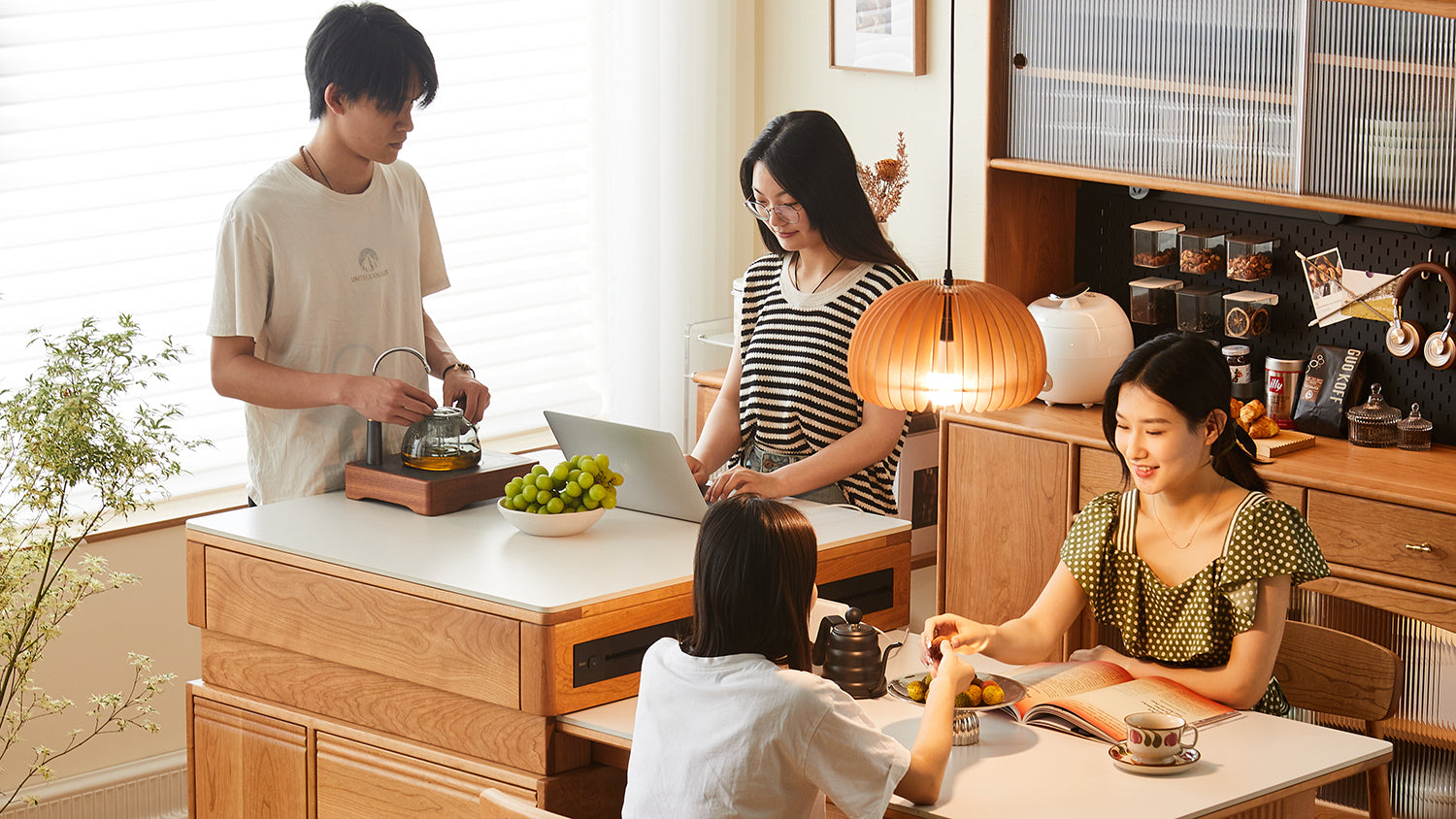

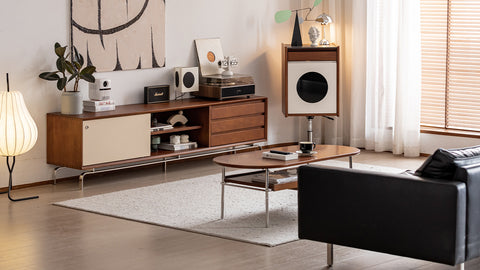
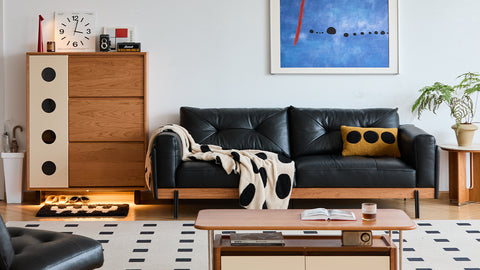
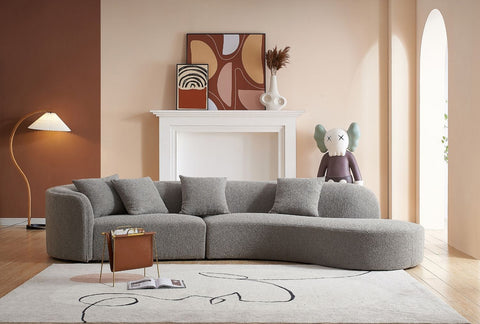
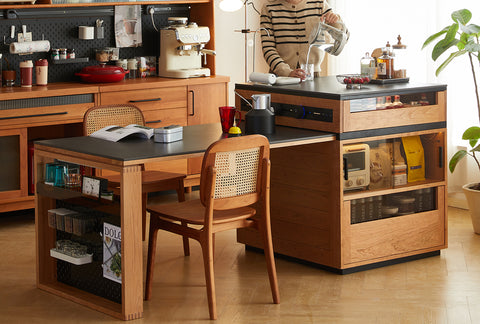
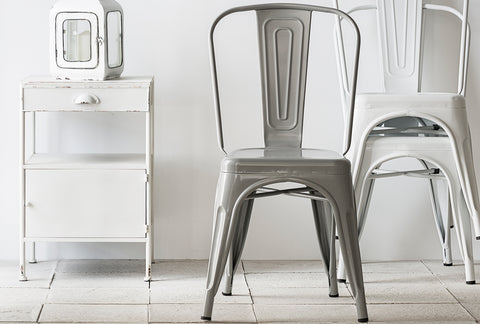
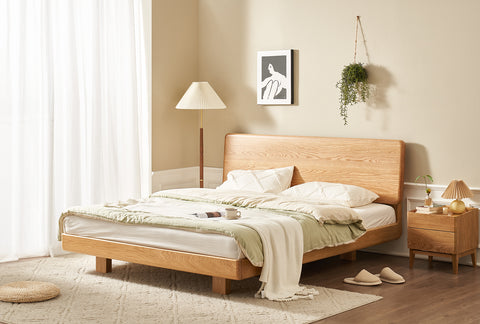
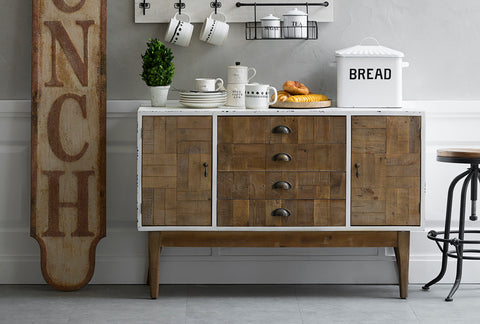




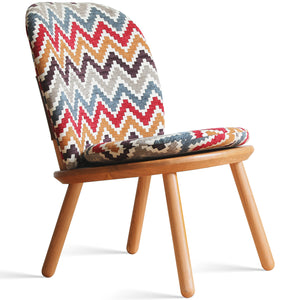
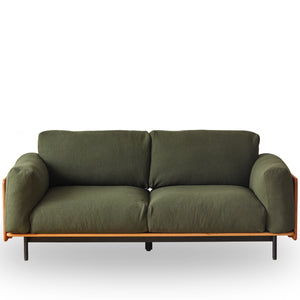
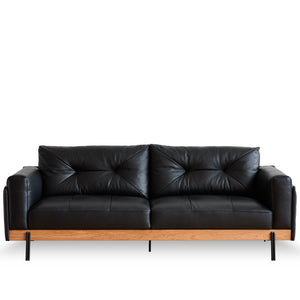
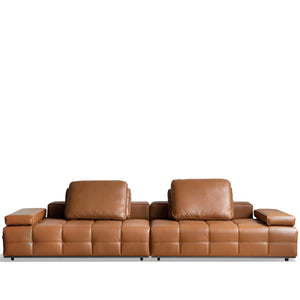
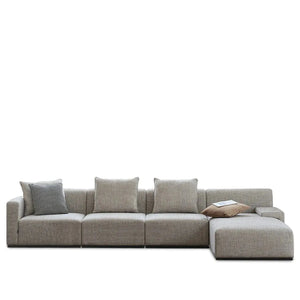
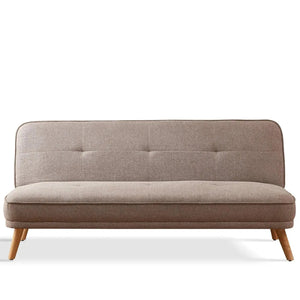
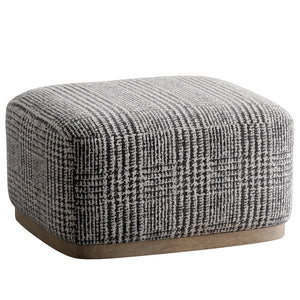

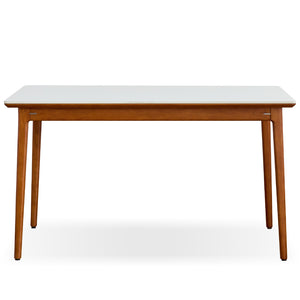
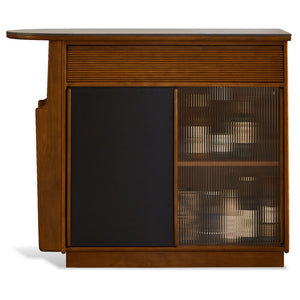
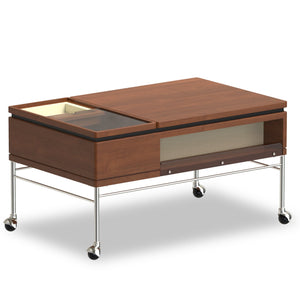
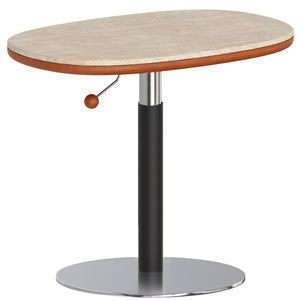
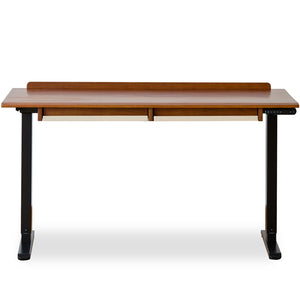
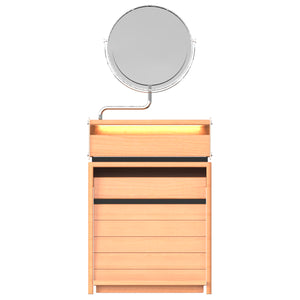

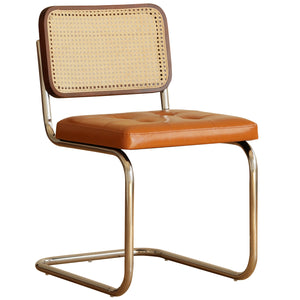
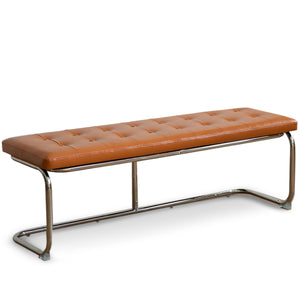
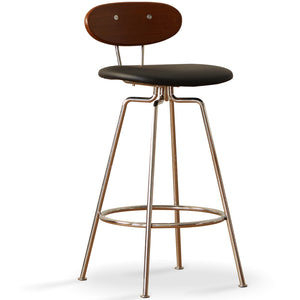
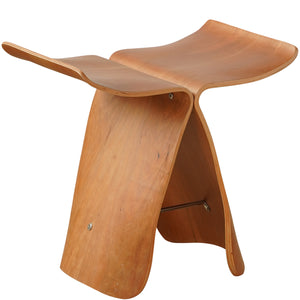
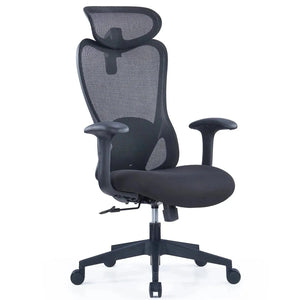

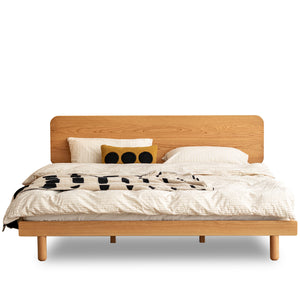
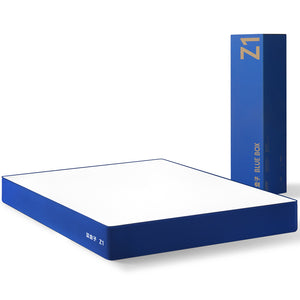

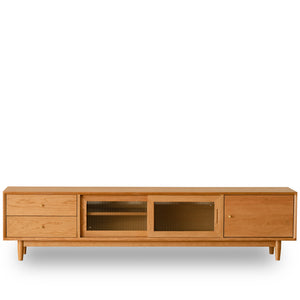
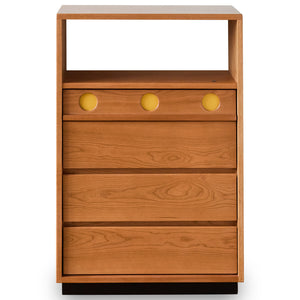
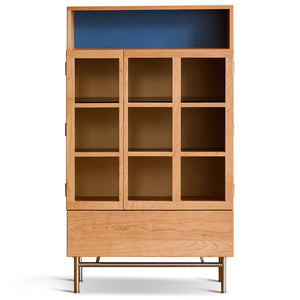
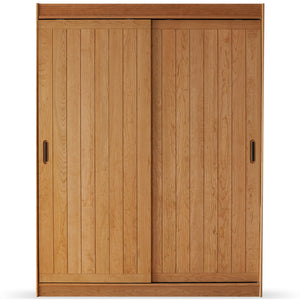
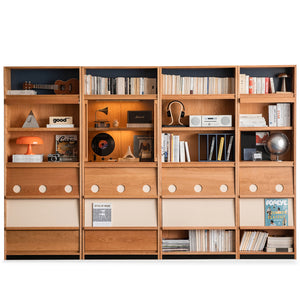
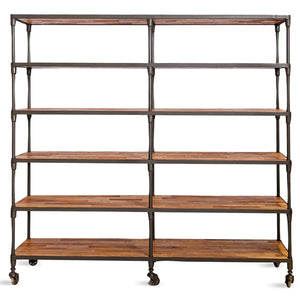
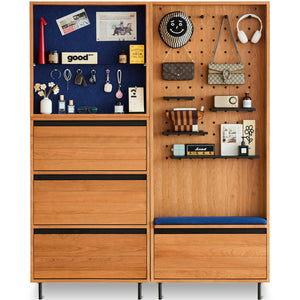
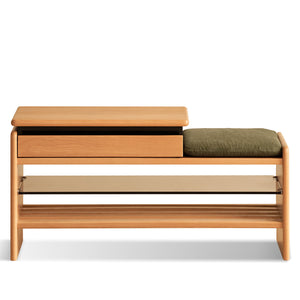
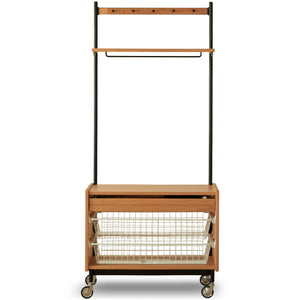
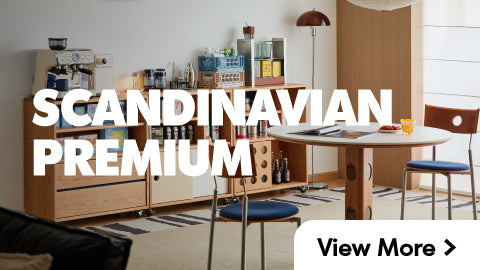





















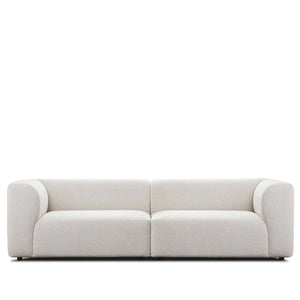




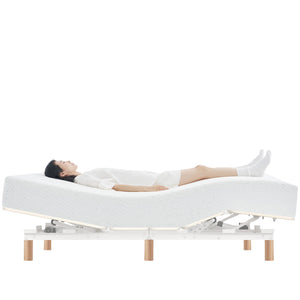

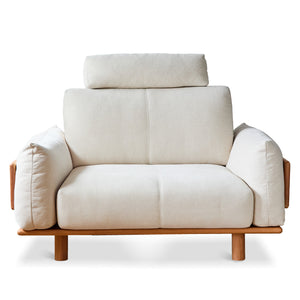
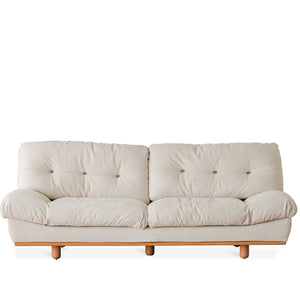
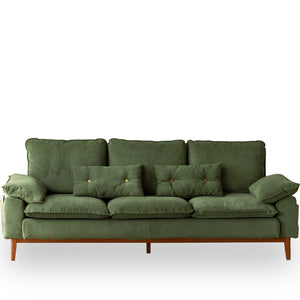
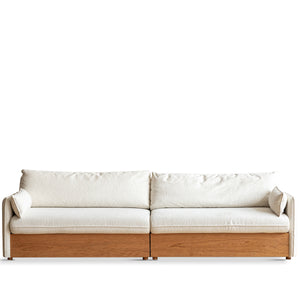
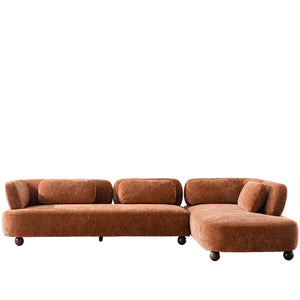
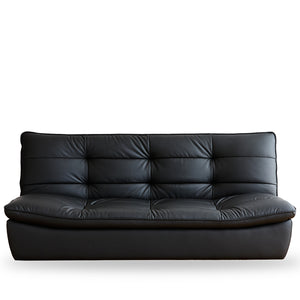
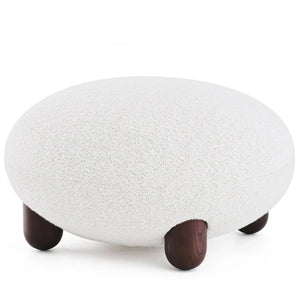

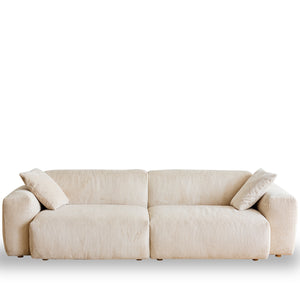
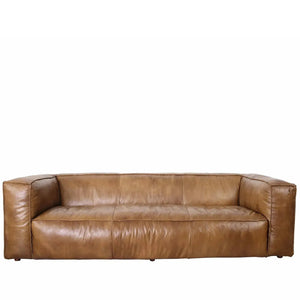
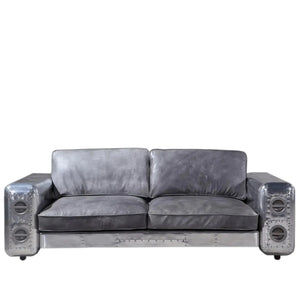
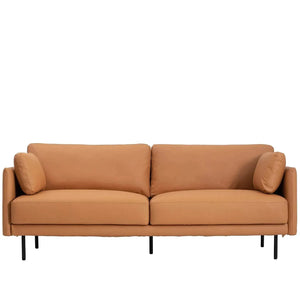
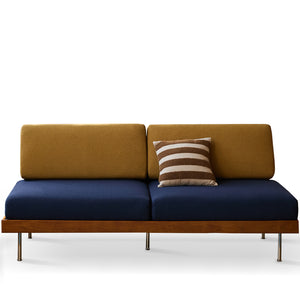
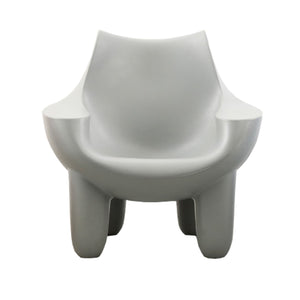
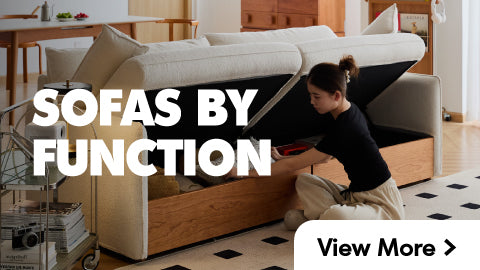
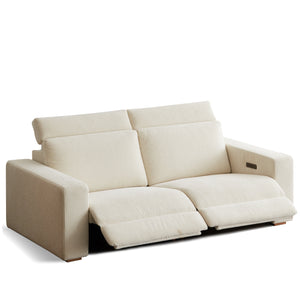

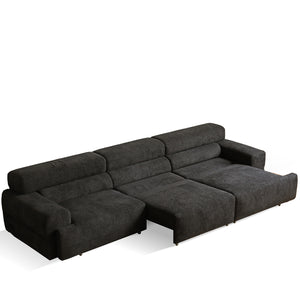
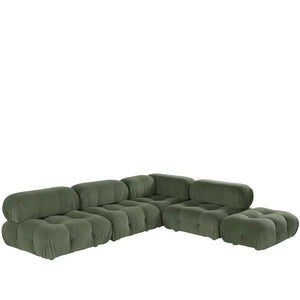
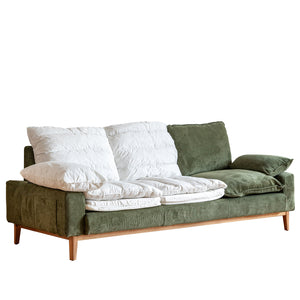
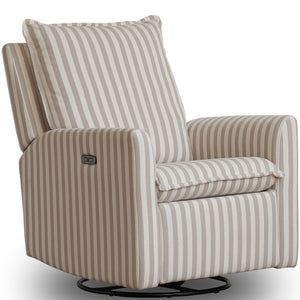

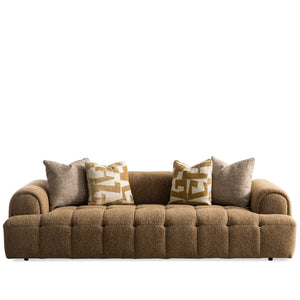
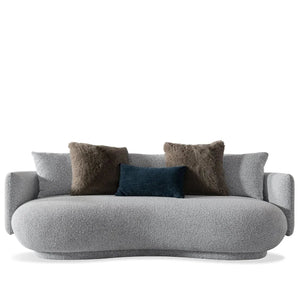
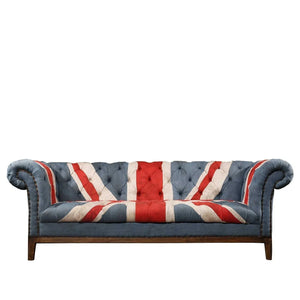
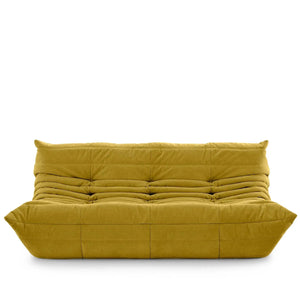
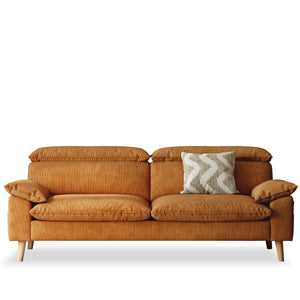
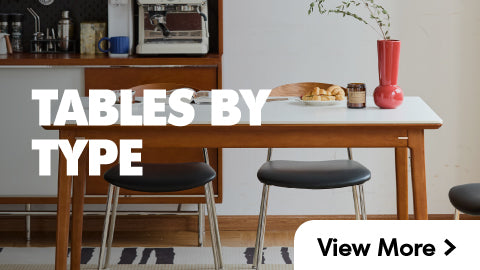
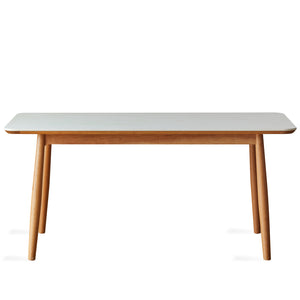
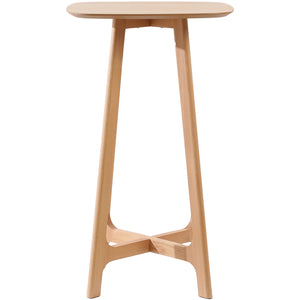
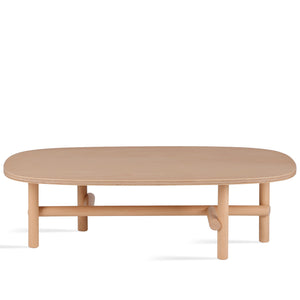
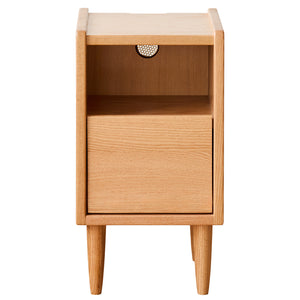
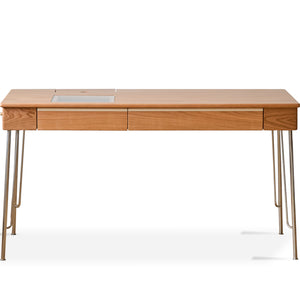
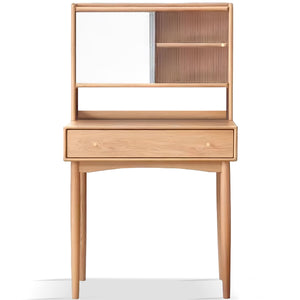
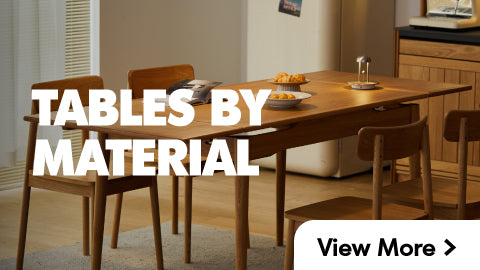
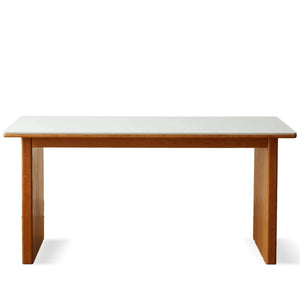
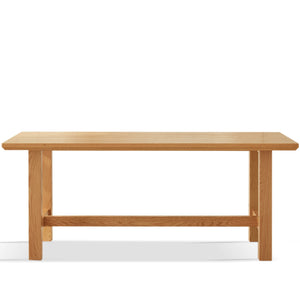
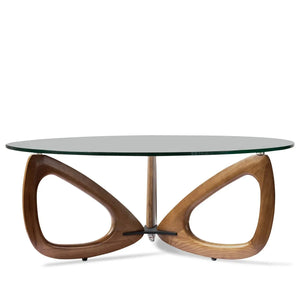
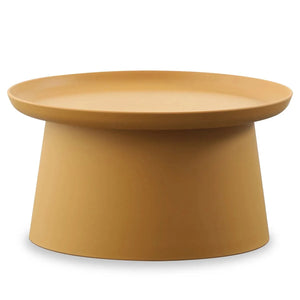
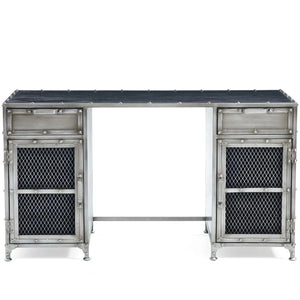
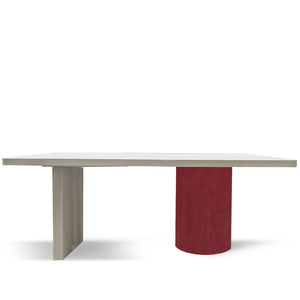
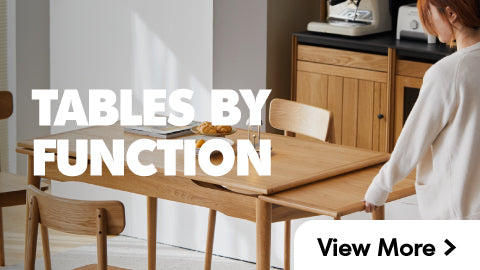
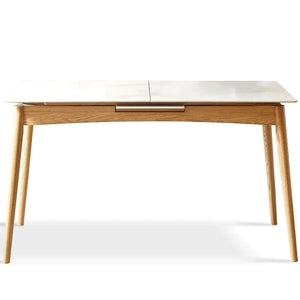
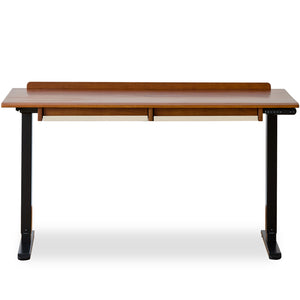
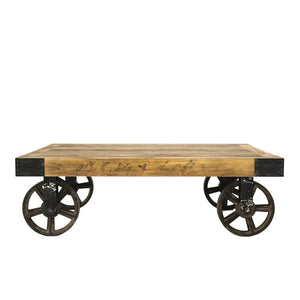
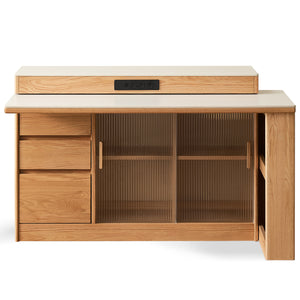
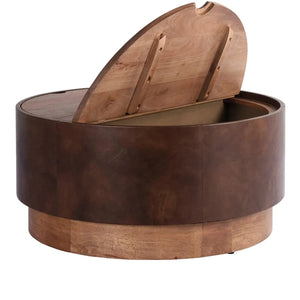
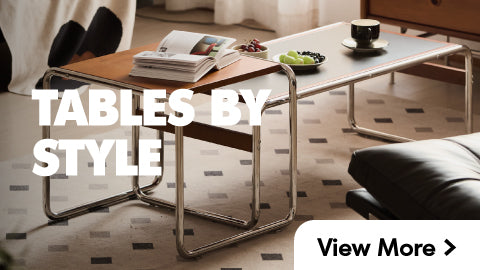
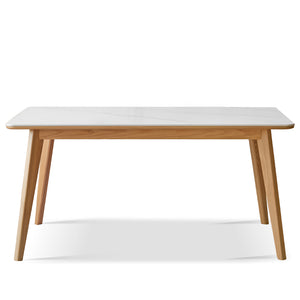
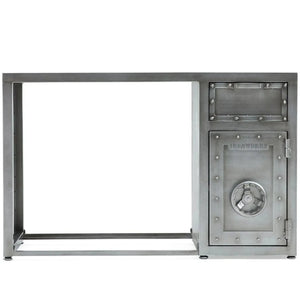
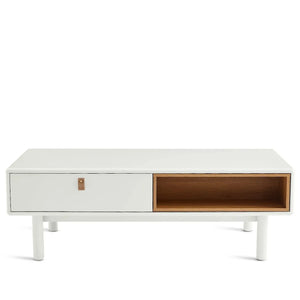
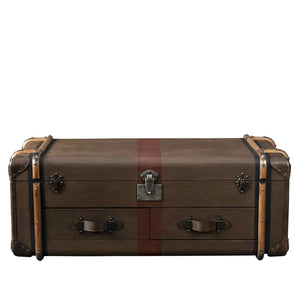
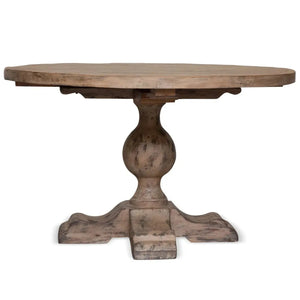
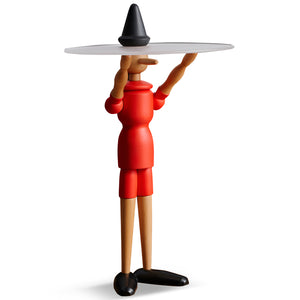
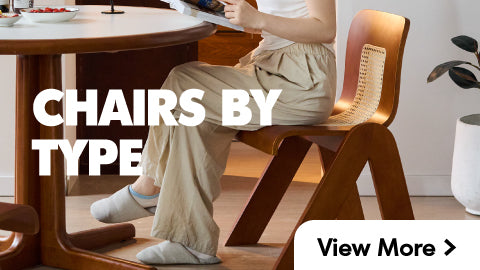
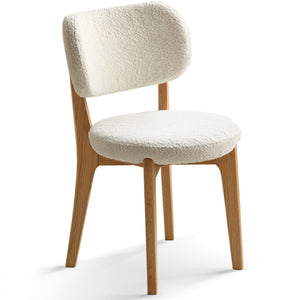
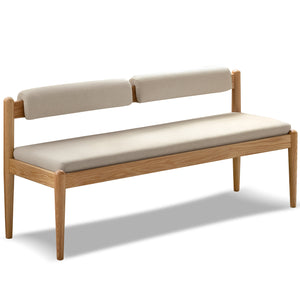
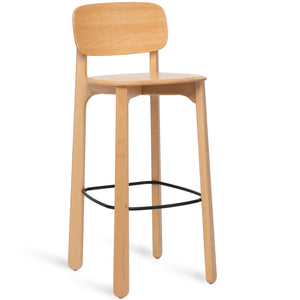
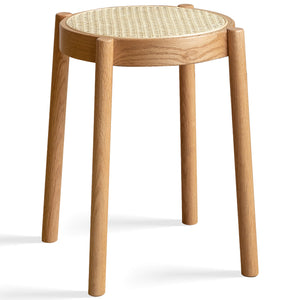
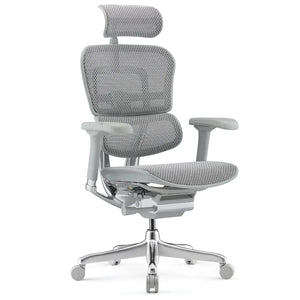
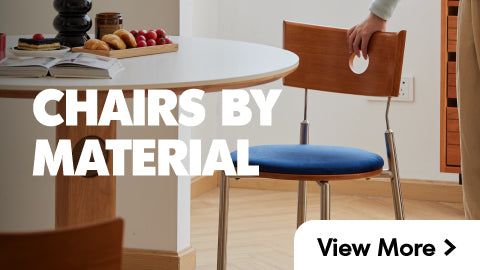
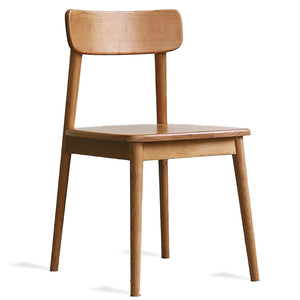
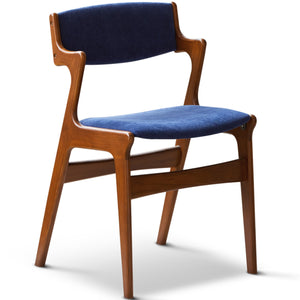
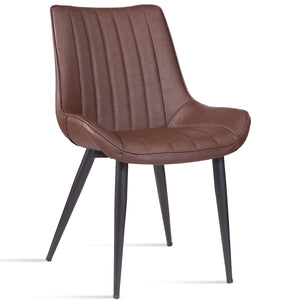
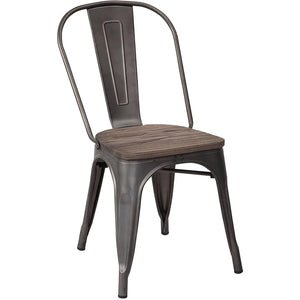
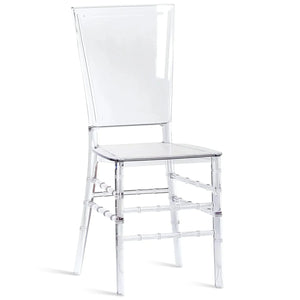
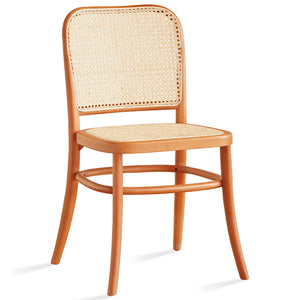
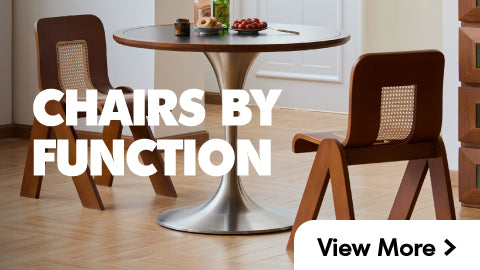
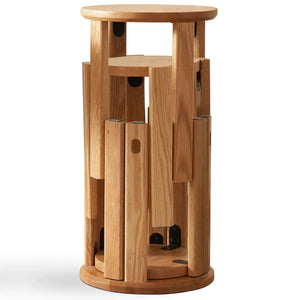
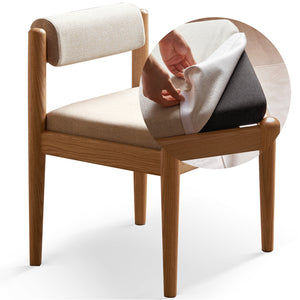
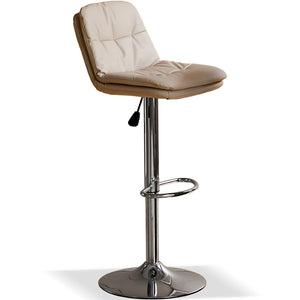
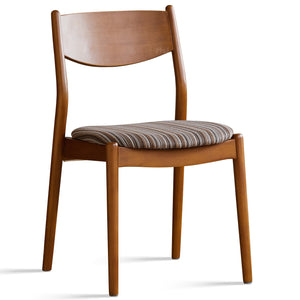
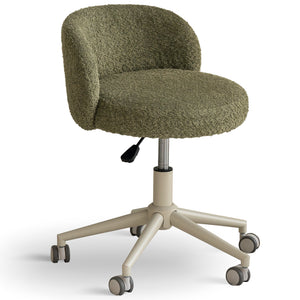
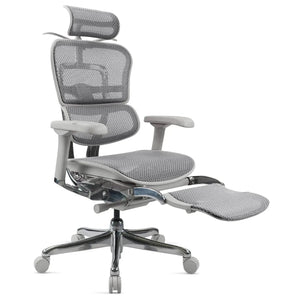
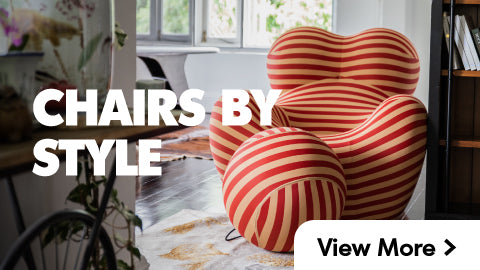
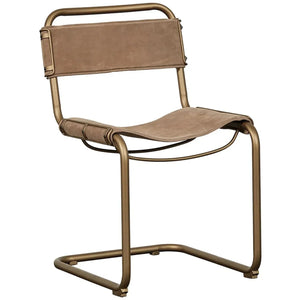
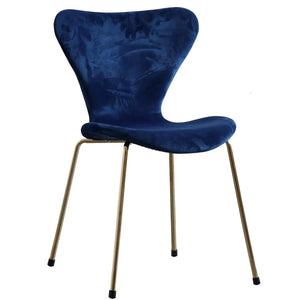
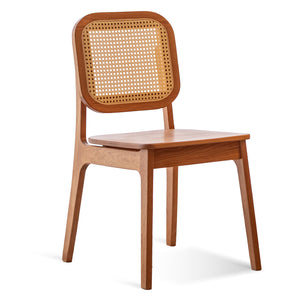
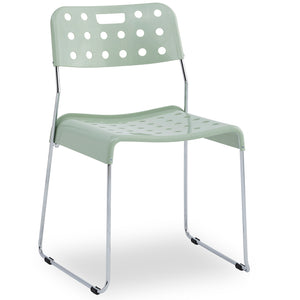
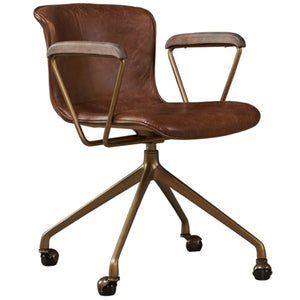


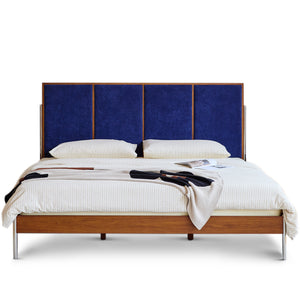

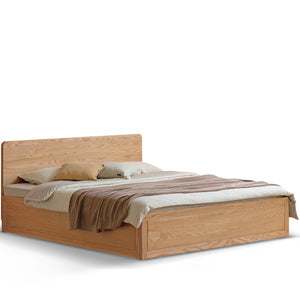
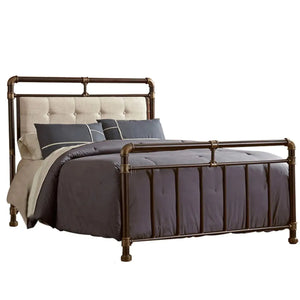
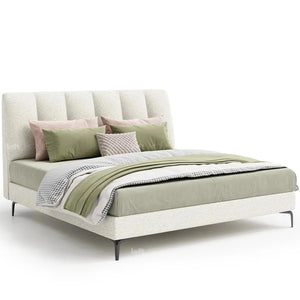
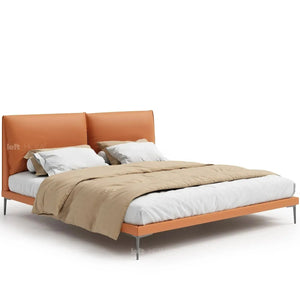
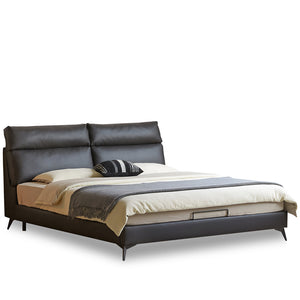
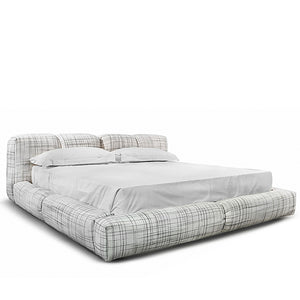

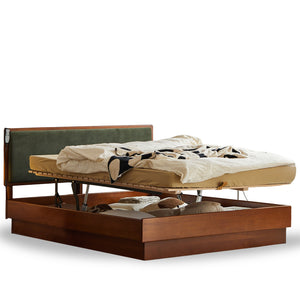
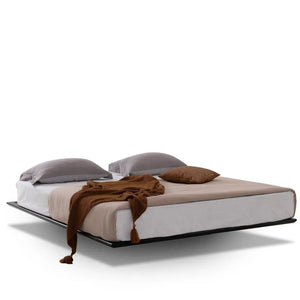
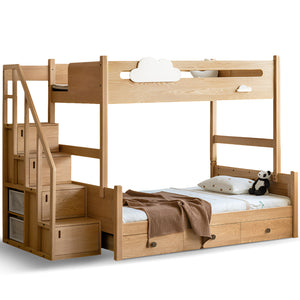
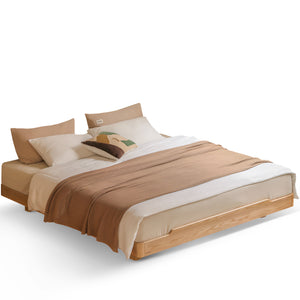
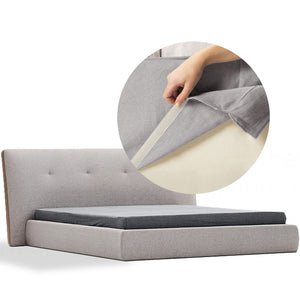
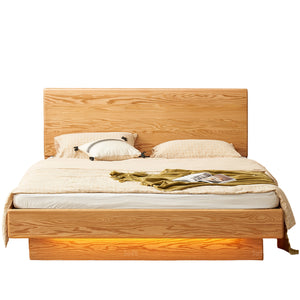

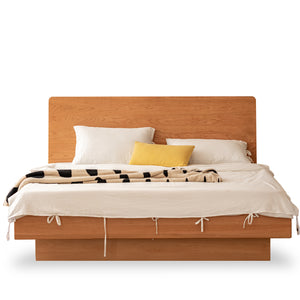
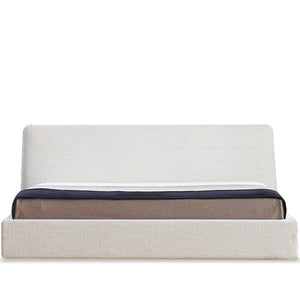
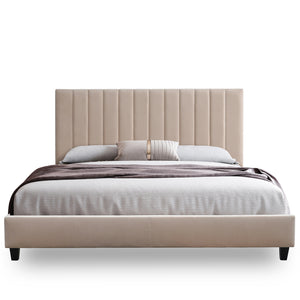
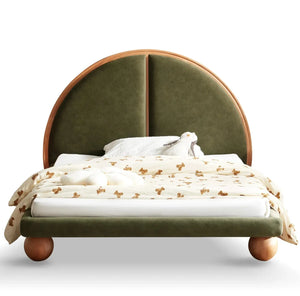
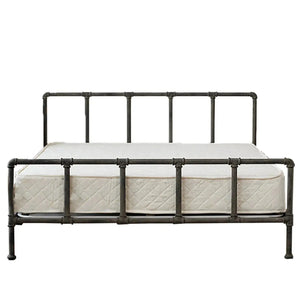
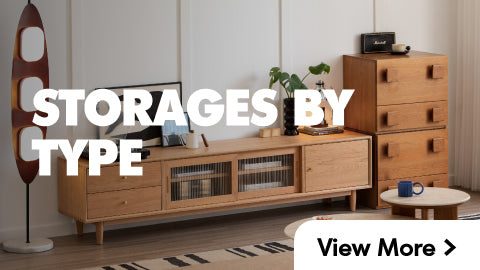
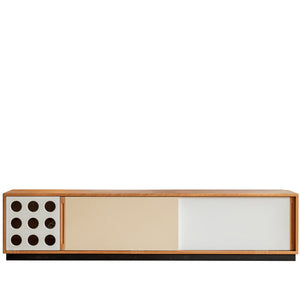
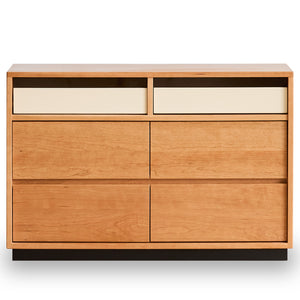
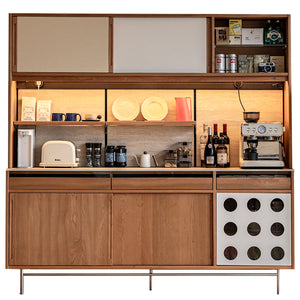
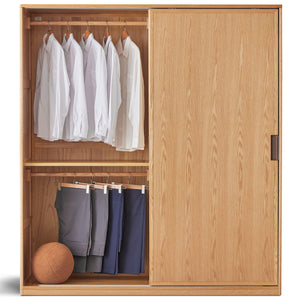
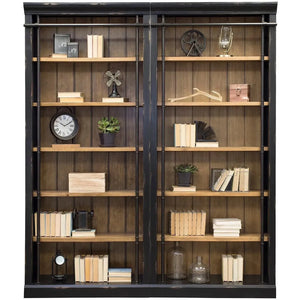
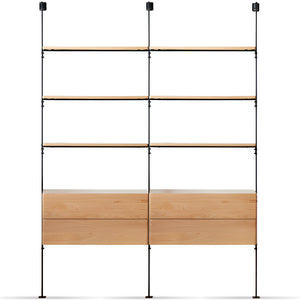
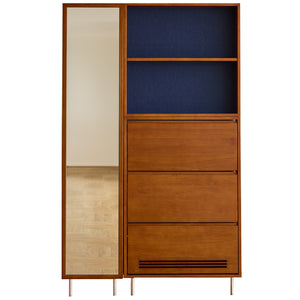
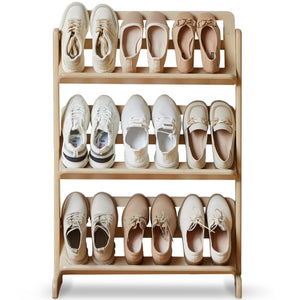
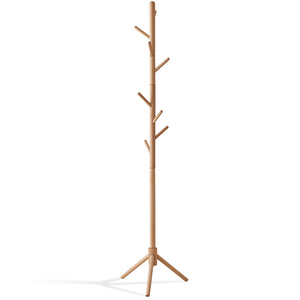

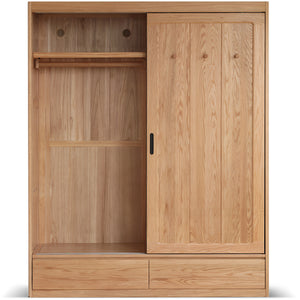
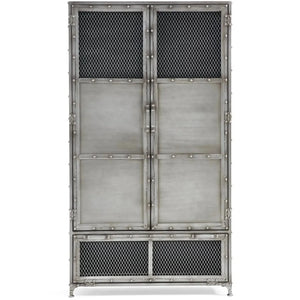
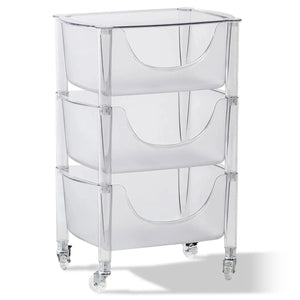
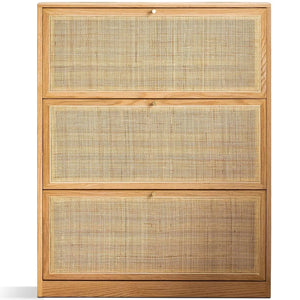
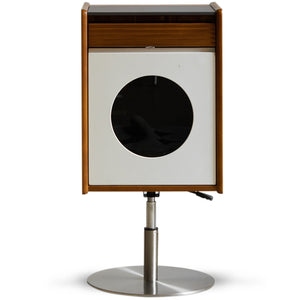
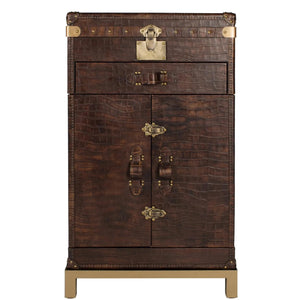
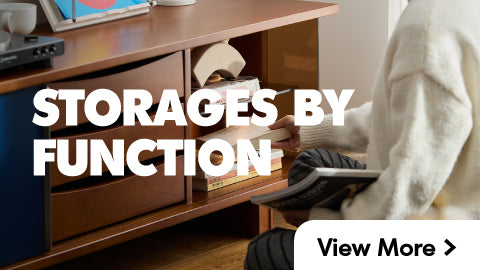
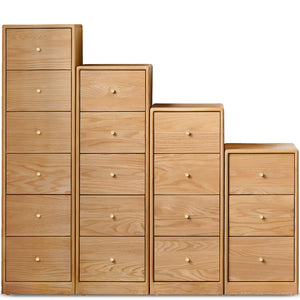
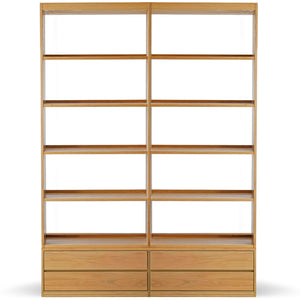
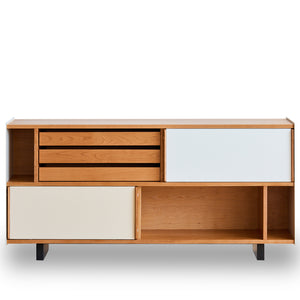
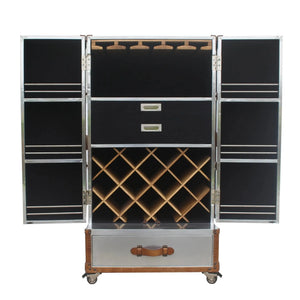
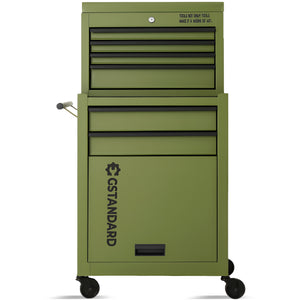
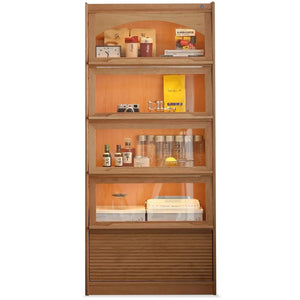
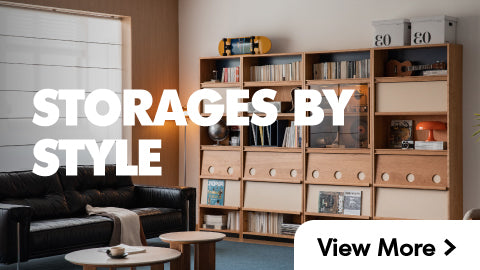
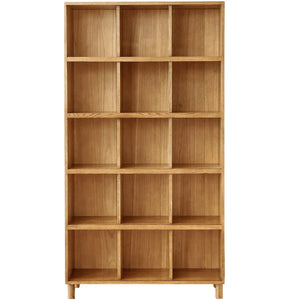
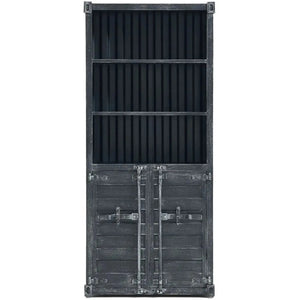
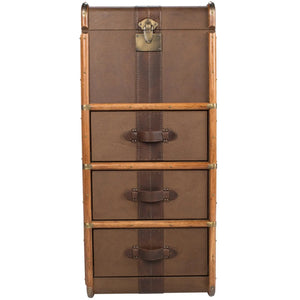
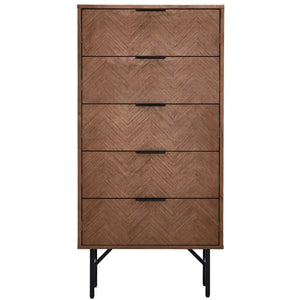
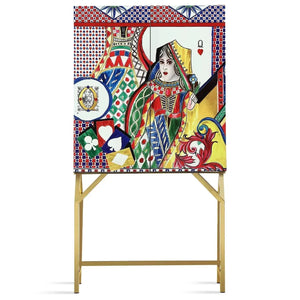
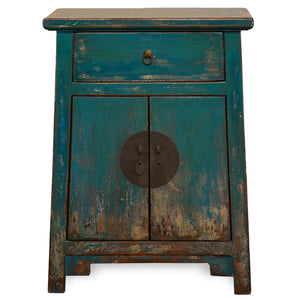


























































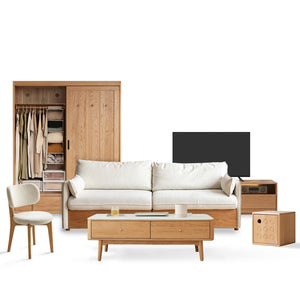
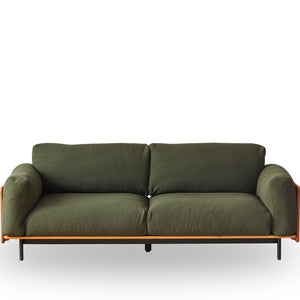
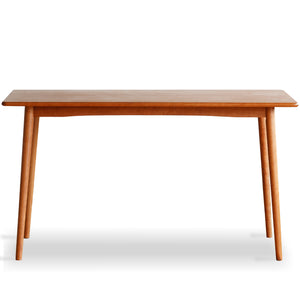
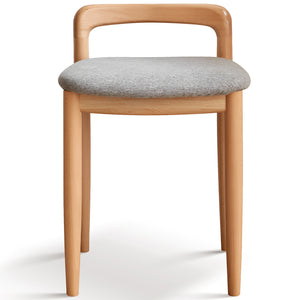
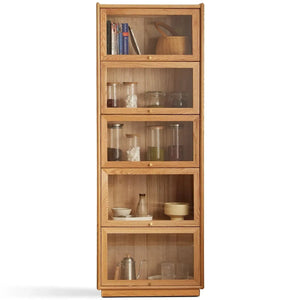
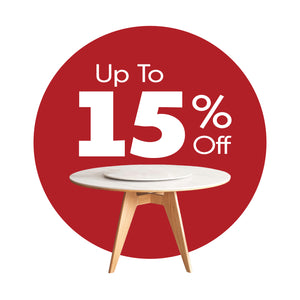


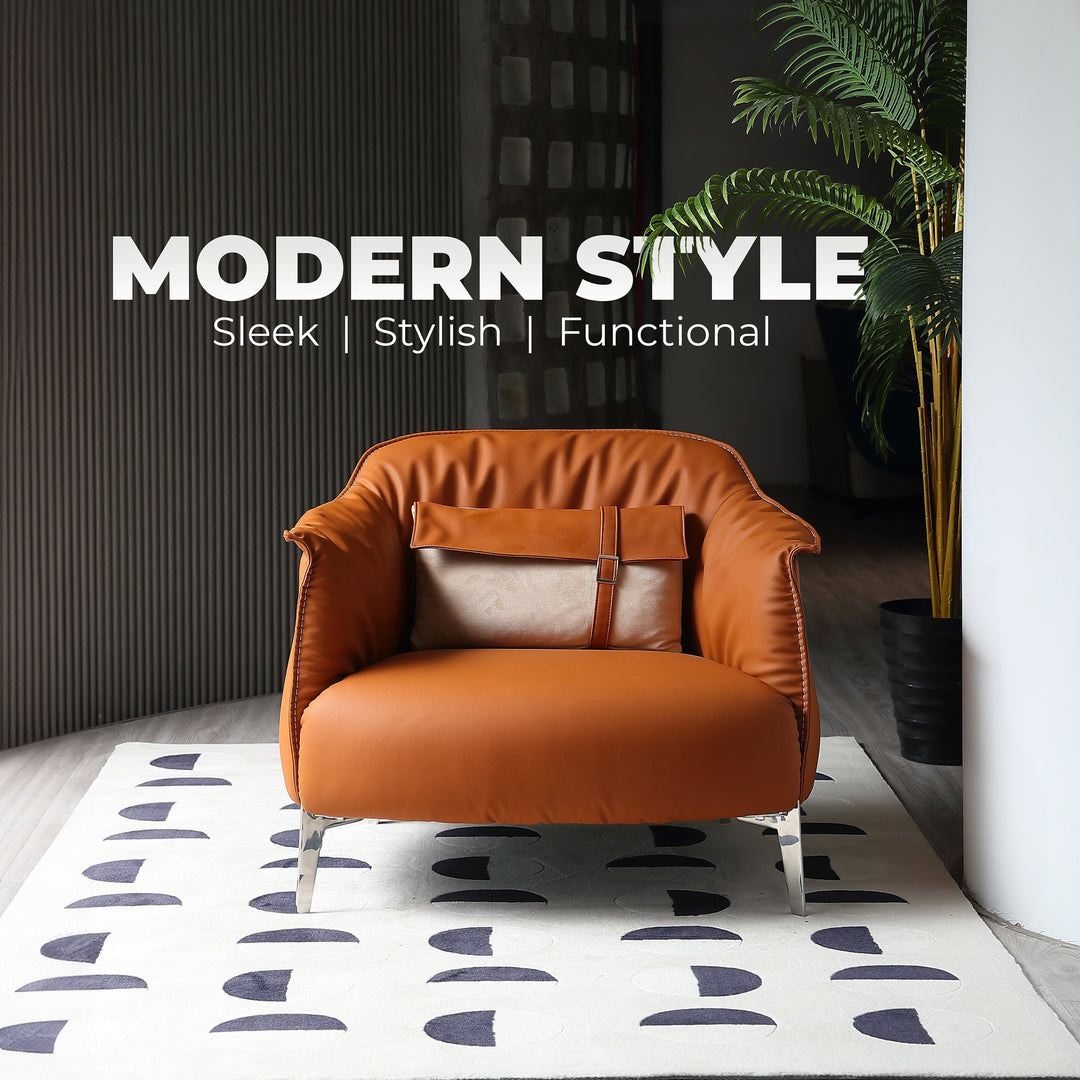
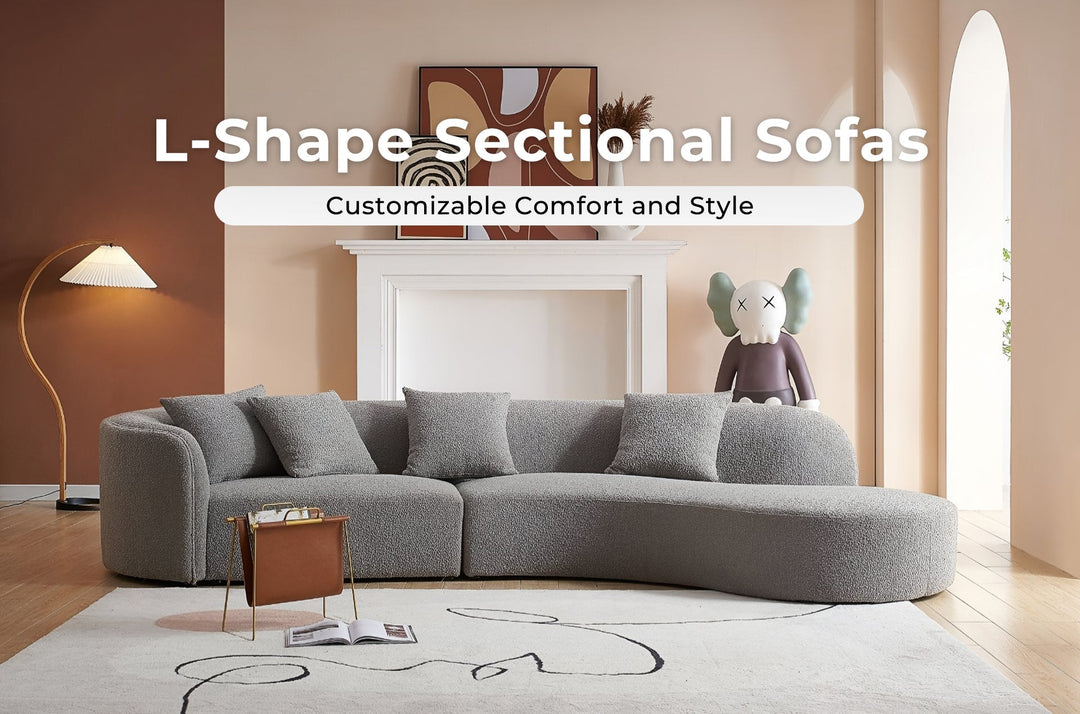

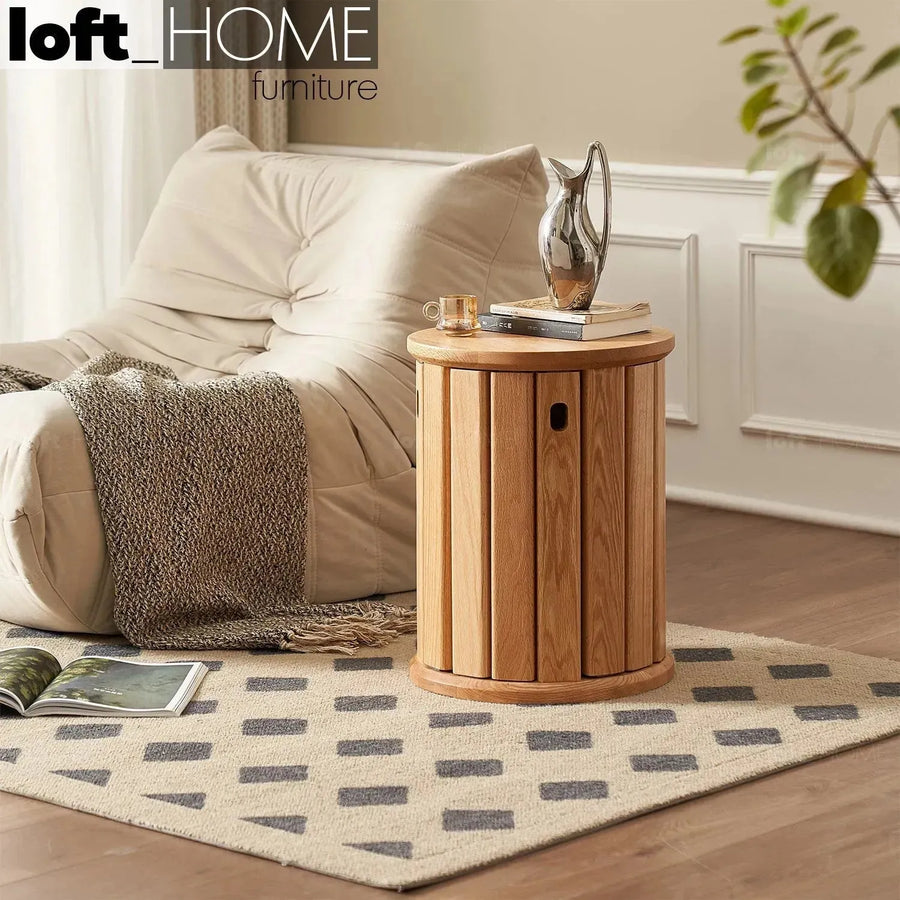
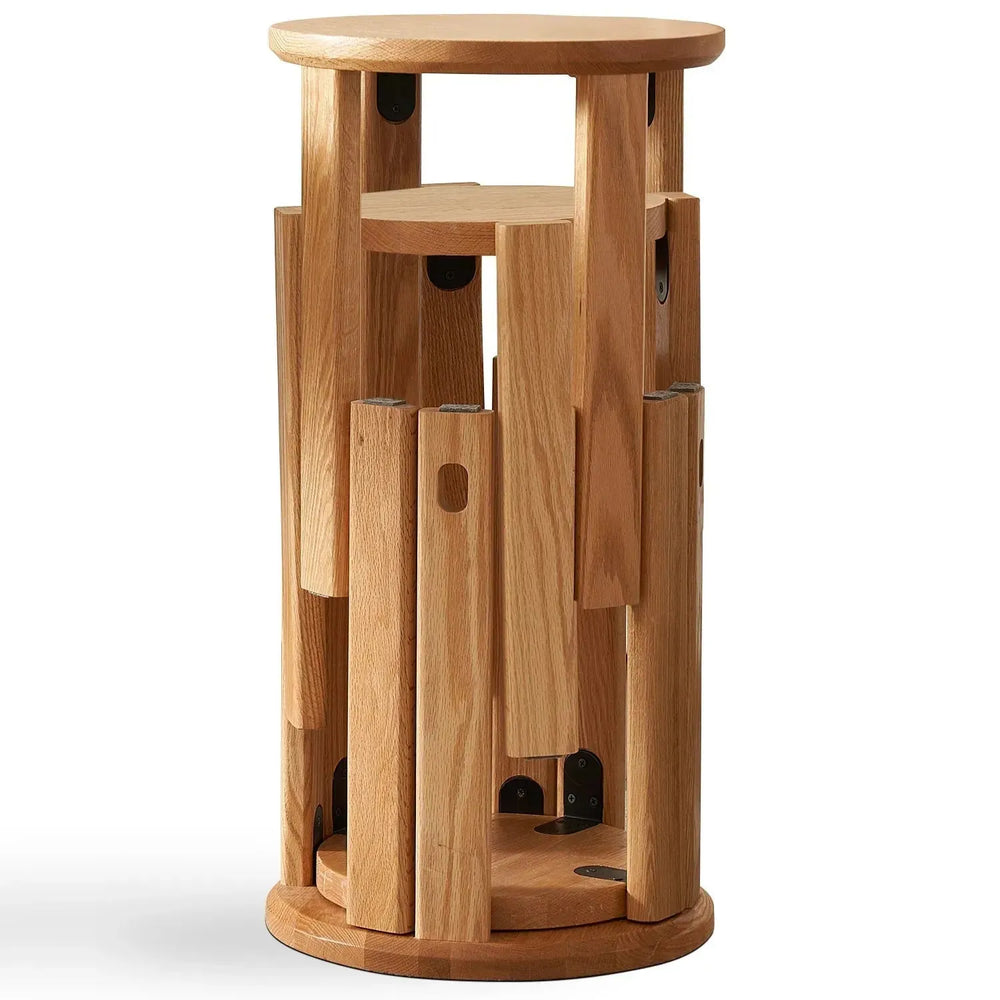




Leave a comment